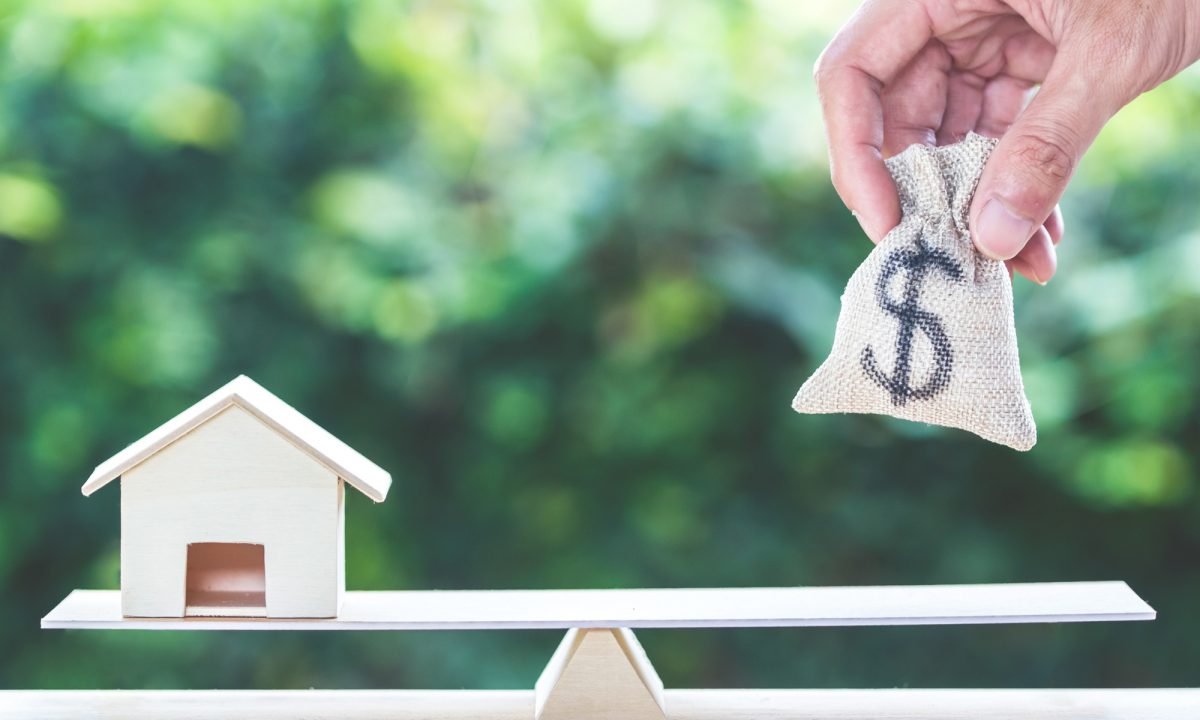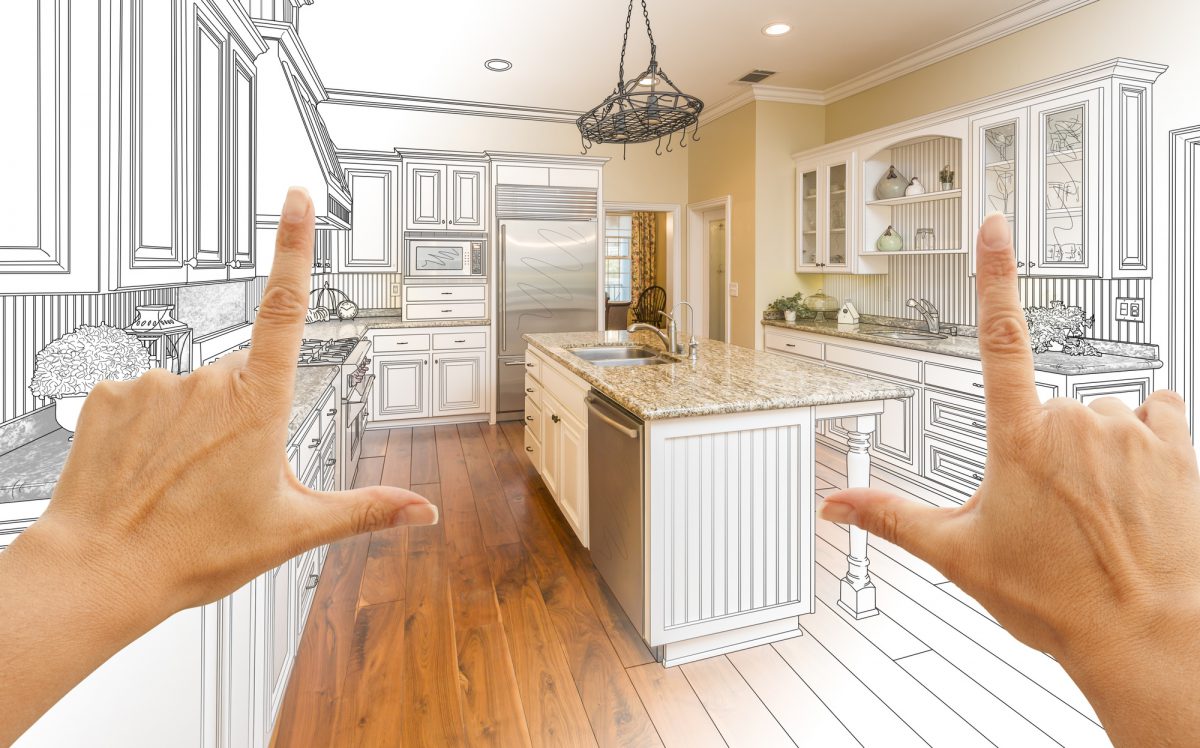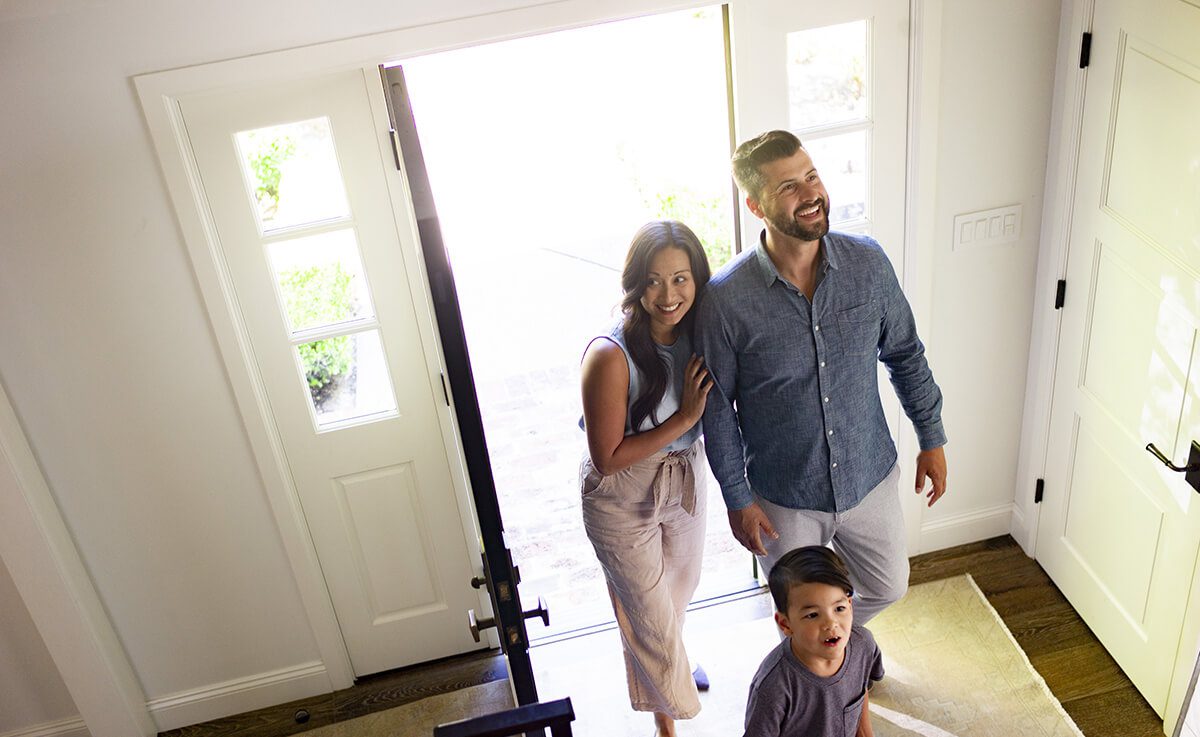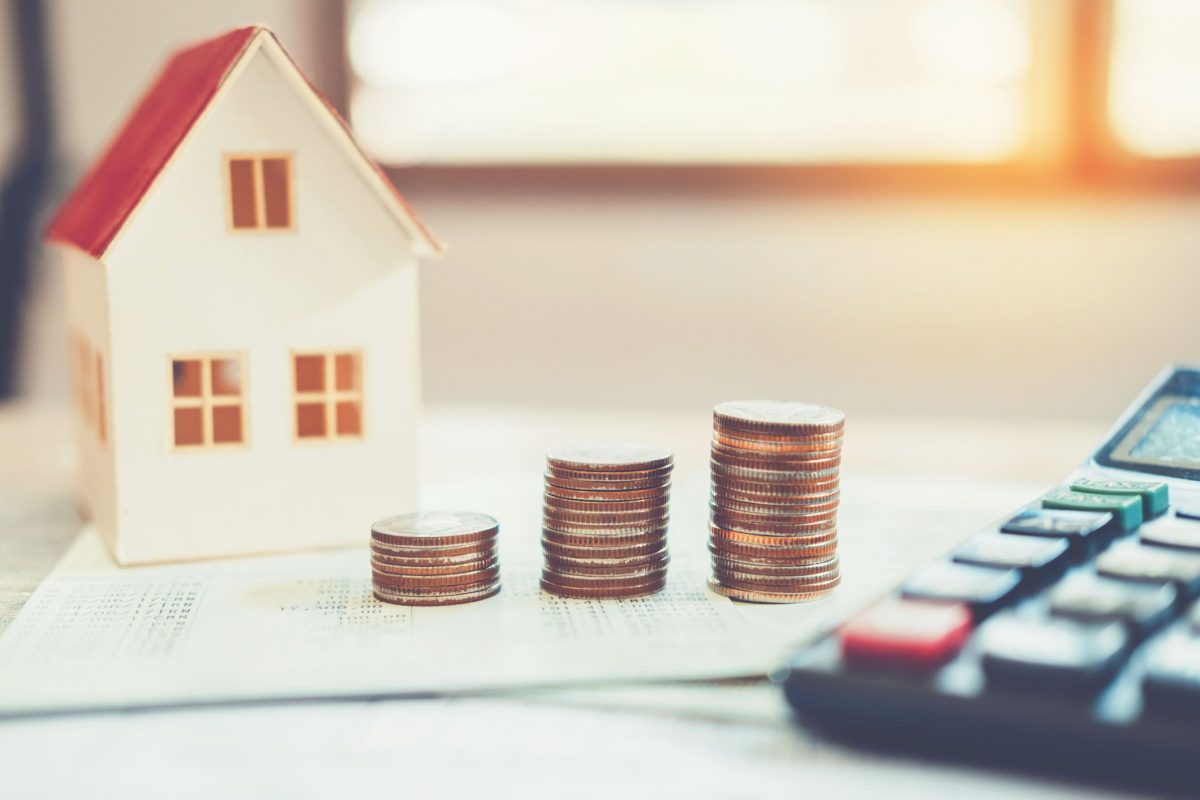Buying a home is the biggest financial decision many people make. Among the questions you need to ask yourself is why are you looking to buy?
“There is an emotional side to home ownership, particularly in the United States – it’s often baked into people’s vision of the future or part of the American dream,” said Tom Figgatt, president of Portolan Financial in New Orleans. “And it does feel good to own your own house; you can feel like it is a home and not just a temporary dwelling.”
But it’s not as simple as that. The benefits of home ownership don’t come without costs and limitations. Is renting a better option? The pros and cons of buying a house should be weighed up front.
Advantages and Disadvantages of Owning a Home
Before buying a home, it’s important to consider how such a purchase will affect your finances and your lifestyle. It makes sense to review all of the advantages and disadvantages of becoming a homeowner before making this big commitment.
What Are The Disadvantages of Owning a Home?
- Equity doesn’t grow immediately: Most of the payments go toward interest in the early years of a mortgage, so you don’t gain equity quickly unless property values in your area skyrocket.
- Illiquidity: Although houses have value, they typically don’t sell as quickly as stocks or other assets. While you’re trying to sell your home, you still have to keep making mortgage payments and maintain it.
- High upfront costs: Closing costs on a mortgage can run from 2% to 5% of the purchase price, including numerous fees, property taxes, mortgage insurance, home inspection, first-year homeowner’s insurance premium, title search, title insurance, and points, which are prepaid interest on the mortgage. It can take about five years to recover those costs.
- Less mobility: If one of the advantages of home ownership is stability, that means it will be more difficult to accept an attractive job offer requiring you to pick up and move to another city.
- Maintenance costs: There is no property supervisor to take care of plumbing problems, and if the air conditioner goes out, you’re not only going to sweat until it’s fixed but you’ll be writing a check to get the cool air flowing again. The same is true of the landscape.
- Property values can fall: That happened during the 2008 nationwide housing crisis, and more local conditions can cause this, too. Your building will depreciate over time, especially if you don’t maintain it.
What Are The Advantages Of Owning A Home?
- Stable monthly payments: A fixed-rate mortgage means you’ll pay the same monthly amount for principal and interest until the mortgage is paid off. Rents can increase at every annual lease renewal. Fluctuating property taxes or homeowner’s insurance can change monthly payments, but that typically doesn’t happen as often as rent increases.
- A good long-term investment: The Federal Reserve Bank of St. Louis reports that the average price of homes sold in the United States rose 28% in 10 years starting in 2009 and 10% from 2014 to 2019. Even if the value of the structure itself depreciates, the land on which it sits can become more valuable. You are investing in an asset for yourself rather than a property management company.
- Building equity: Your equity is the difference between what you can sell it for and what you owe. Your equity grows as you pay down your mortgage. Over time, more of what you pay each month goes to the balance on the loan rather than the interest, building more equity.
- Greater privacy: Also, since you own the property, you can renovate it to your liking, a benefit of home ownership that renters don’t enjoy.
- Stability: People tend to stay longer in a home they buy, if only because buying, selling and moving frequently is difficult. Buying a home requires confidence you plan to stay there for several years.
- Federal tax benefits: Mortgage interest is deductible, as is interest on home equity loans, property taxes and some closing costs when buying the home. However, Figgatt notes, tax law changes raising the standard deduction and capping deductions that can be taken on state and local taxes, make it less likely for younger people and those buying starter homes to enjoy those breaks.
Advantages and Disadvantages of Renting a Home
So, home ownership might not be for everybody, at least not in every stage of life. If renting a residence isn’t considered the American dream, not everyone in a nation of 330 million has the same needs or resources. So, before you buy, consider whether that is right for you right now.
Financial Disadvantages of Renting
- No cosmetic improvements: If your home looks dated, you may just have to get used to it.
- You can’t change the property: Would you like a deck for entertaining? Would you prefer a fenced yard? There’s nothing you can do about any of that in a rental except complain and see where that gets you.
- Rent may increase: You may be comfortable with what you’re paying each month, but that could change when your lease comes up for renewal, typically in six months or a year.
- You aren’t building value: When you leave your rental, all you take with you is yourself and the moveable property that belongs to you. It’s the property owner’s equity that grows, not yours.
- No credit score improvement: While paying a mortgage on time improves your creditworthiness, you don’t get the same benefit from rent.
Advantages of Renting a Home
- Low upfront costs: Except for a security deposit – often the cost of a month’s rent – you don’t have to write a big check or finance the costs required to get a mortgage. No HOA dues: Some homes are in developments with homeowner’s associations that require monthly dues on top of all the other expenses, and they aren’t optional. Not so with renting.
- Rent payments may be lower: This certainly can be true if you’re renting an apartment, and it also may be the case when renting an identical house. If a mortgage is more than you can afford right now, renting makes more sense than being stretched too thin financially.
- Repairs aren’t your responsibility: The property owner has to pay for that leaky faucet and anything else that breaks or wears out. So, you don’t have to factor those unplanned expenses into your budget.
- Flexibility: If you want to relocate, having a mortgage can make that difficult. A house can take much longer to sell than you’d like, and if you move before it sells, you still have to make the monthly mortgage payments, so you’re paying for two residences while living in only one. Your obligation to a place you rent can’t exceed the length of the lease, and if the property owner can quickly find a new tenant, that can get you off the hook.
In assessing the pros and cons, Figgatt suggests you ask three questions.
1. Why are you looking to buy?
“If you’re looking at the purchase as an investment, it could work out very well, but high fixed costs mean the shorter the amount of time you hold the property for, the less likely you are to come out ahead relative to other investment opportunities out there,” he said. “Constantly buying and selling houses if you move frequently may be eating up wealth, not increasing it. And if you plan to rent the place out after you move, make sure you have a plan for managing the property – be ready to pay for that, too.”
2. Can you afford it?
“The down payment, closing costs and risk of sudden, very large expenses popping up combine to make it a very expensive proposition,” he said. “You need to save above and beyond your mortgage payment for infrequent yet major household expenses so that you keep it up properly. And making a smaller down payment and paying private mortgage insurance (which protects a lender in case you default on your mortgage) only increases the total cost of ownership.”
3. How long do you expect to stay in the house?
“It can be difficult to break even on a house if you stay in it for three years or less; the closing costs and commissions are significant, and expecting the house to appreciate in value enough within three years to make up for those costs may be setting your expectations too high,” Figgatt said. “And remember that your entire mortgage payment does not go towards the home’s equity. During the first year of your mortgage, depending on the terms, perhaps only about 30% of the principal and interest payments will actually go towards the principal of the home.”









